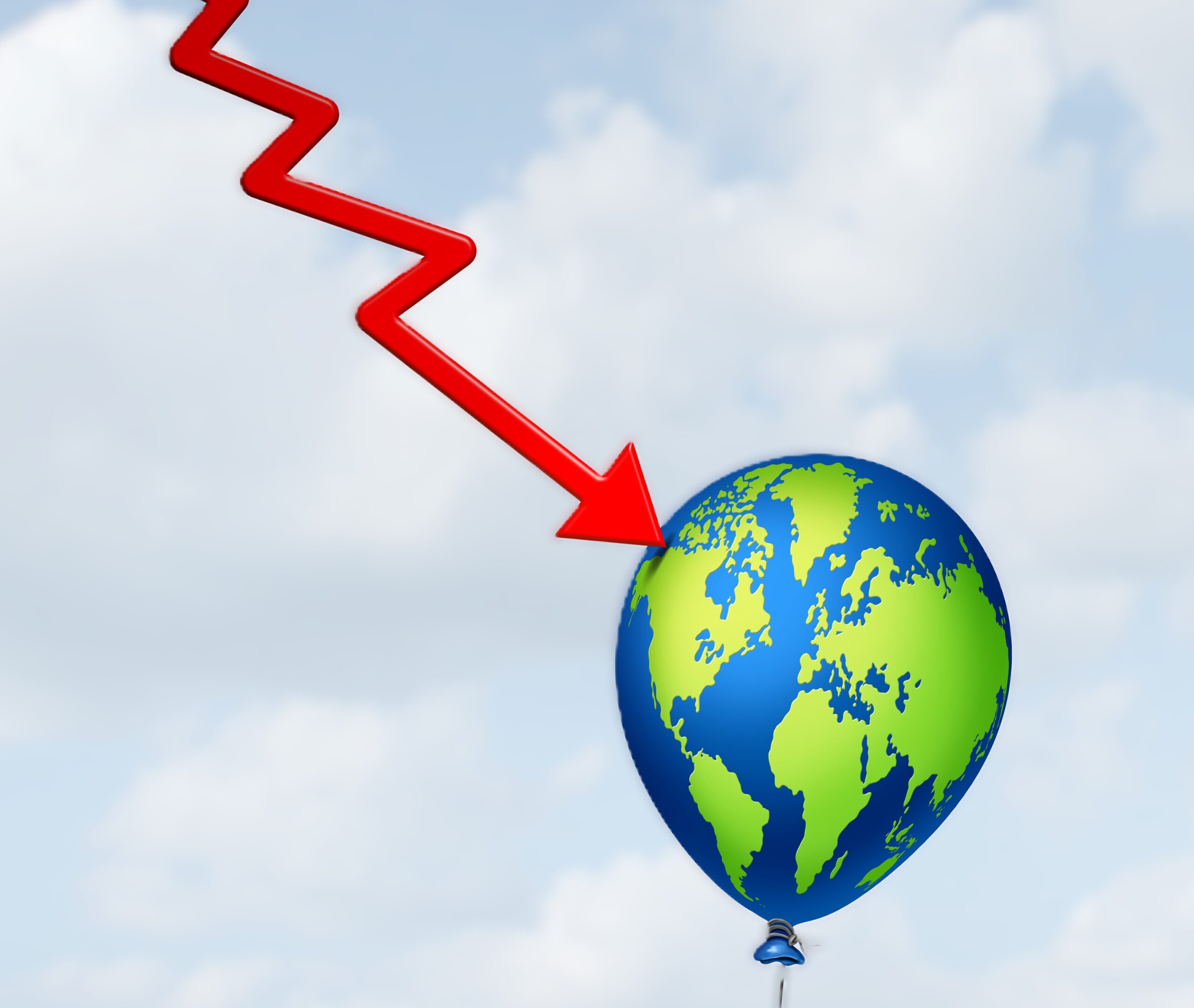Signs Point to a Slowdown Despite Fed’s Soft Approach
The U.S. economy is sending out distress signals.
Businesses are holding onto their assets instead of reinvesting, retail sales are slipping, and consumer spending patterns suggest a growing sense of financial caution. At the same time, the Federal Reserve has taken a more dovish stance, planning to cut rates twice later this year and slowing down its quantitative tightening efforts. While these moves are designed to ease economic strain, they also reinforce a broader concern: we may be heading toward a sharp slowdown, if not an outright recession.
Businesses Are Pulling Back—And That’s a Problem
When companies hesitate to spend, it’s often a sign that trouble is on the horizon. Business investment dipped 0.8% in the last quarter, and corporate leaders have been vocal about reluctance to make significant financial moves without more precise policy direction. General Motors CEO Mary Barra recently highlighted economic conditions’ uncertainty, saying businesses need stability before committing to substantial investments.
Trade policies are another sticking point. Uncertainty over the Trump tariffs has been key to holding back corporate spending. Research from Oxford Economics suggests that business investment has fallen 4% due to trade-related concerns. If instability continues, that decline could reach 14%. A slowdown in investment means slower job growth, weaker expansion, and a drag on the broader economy.
Consumers Are Tapping the Brakes
Retail sales, which account for a considerable chunk of economic activity, also show weakness. February’s sales numbers rose just 0.2%—a disappointing result compared to the expected 0.6% increase. That’s not a complete collapse, but it suggests consumer enthusiasm is waning.
Spending habits are shifting across the board. Lower-income households stretch their dollars further, opting for budget-friendly products and smaller package sizes. Meanwhile, wealthier consumers are also dialing back, with luxury retailers seeing softer demand. Companies like Walmart and McDonald’s have reported increased demand for cheaper alternatives, suggesting that financial caution isn’t limited to any single income group.
The Fed’s Dovish Pivot: Caution or Crisis Prevention?
Recognizing the economic headwinds, the Federal Reserve has adjusted its stance. It now plans to cut interest rates twice in 2025 while slowing the pace of its balance sheet reduction. These moves are meant to support financial markets and stimulate growth but may also indicate deeper concerns.
Historically, when the Fed cuts rates in response to economic weakness, it’s because they see risks that the public might not fully appreciate yet. A looser monetary policy might help cushion the blow, but it won’t necessarily prevent a broader slowdown if businesses and consumers remain cautious.
Stock Market at a Crossroads
Despite the Fed’s efforts, the stock market may be in for a rough ride. Investors have started pulling back from U.S. equities, with allocations dropping by the most significant margin since March 2020. If corporate earnings take a hit—an increasingly likely scenario given weakening demand—stocks could face a sharp correction.
Some sectors, such as gold and healthcare, have remained resilient as investors seek stability. However, as market uncertainty grows, even traditionally strong industries may struggle to maintain their footing.
What’s Next?
The coming months will be pivotal. If economic data deteriorates, the Fed may have to act more aggressively. Businesses and consumers should brace for slower growth, while investors should prepare for heightened volatility.
One thing is clear: the economy is losing momentum. The Fed’s shift in policy suggests they’re aware of the risks, but whether their actions will be enough to prevent a more profound slowdown remains an open question. For now, staying informed and adaptable is the best strategy. Mark Waggoner – 3/20/2025 – HRF-PM-250324
Trading futures and options involves a substantial risk of loss and is not suitable for all investors. Past performance is not necessarily indicative of future results.
